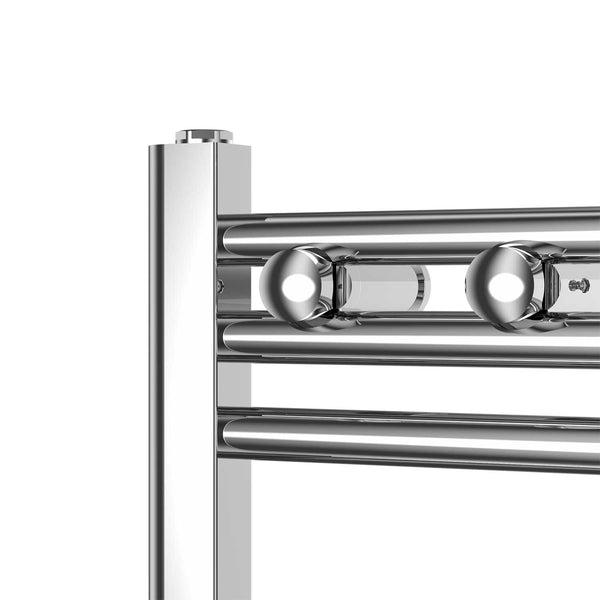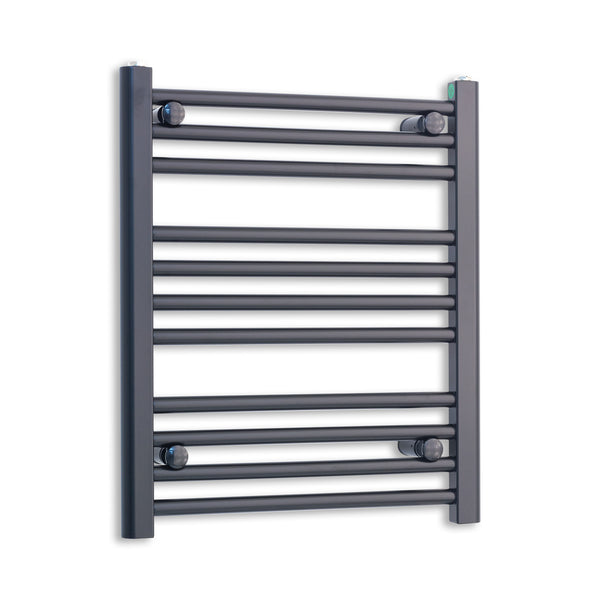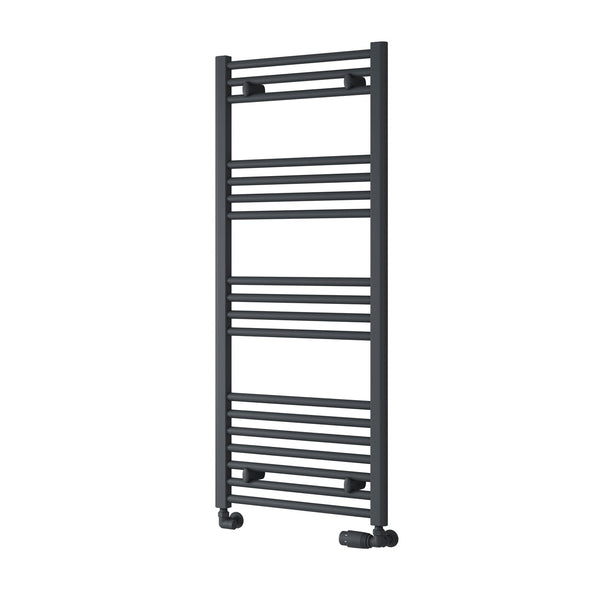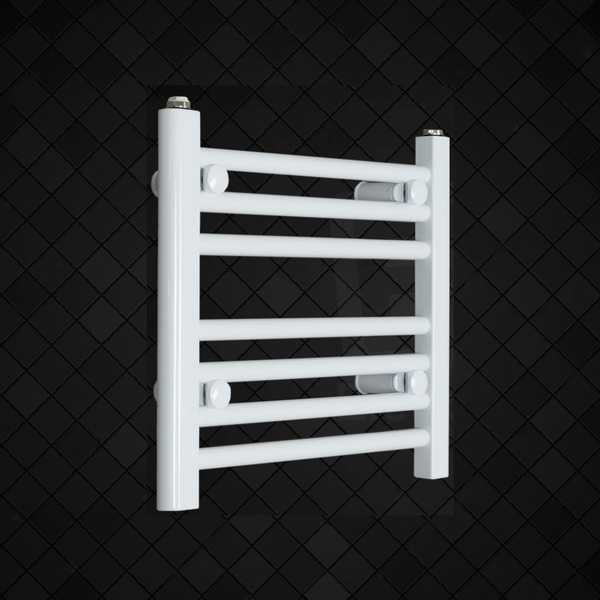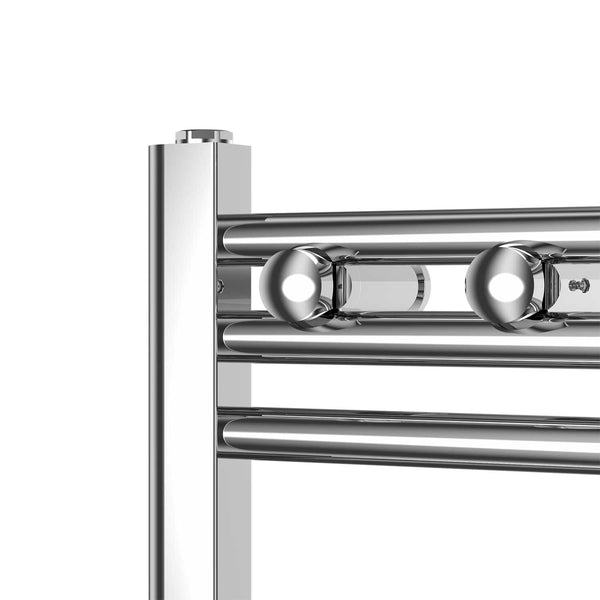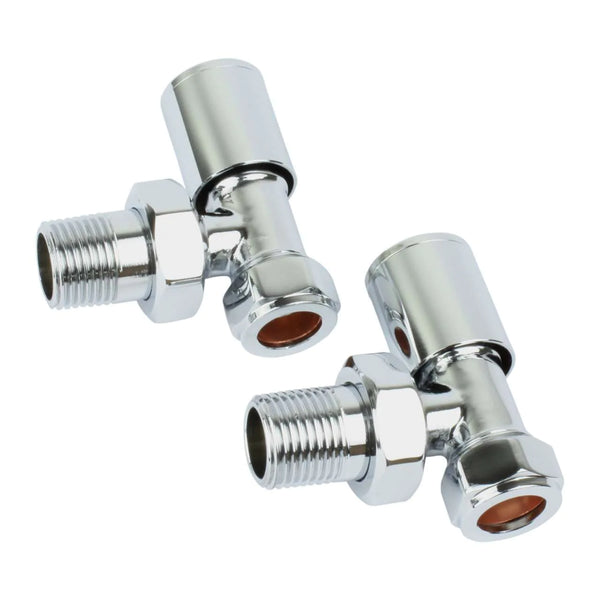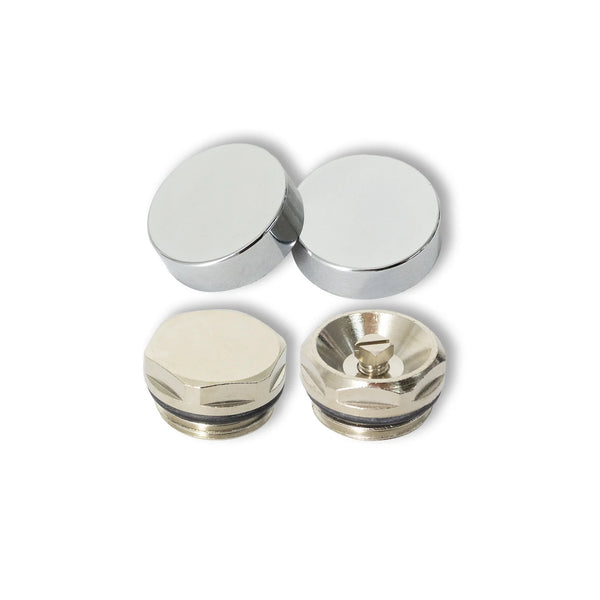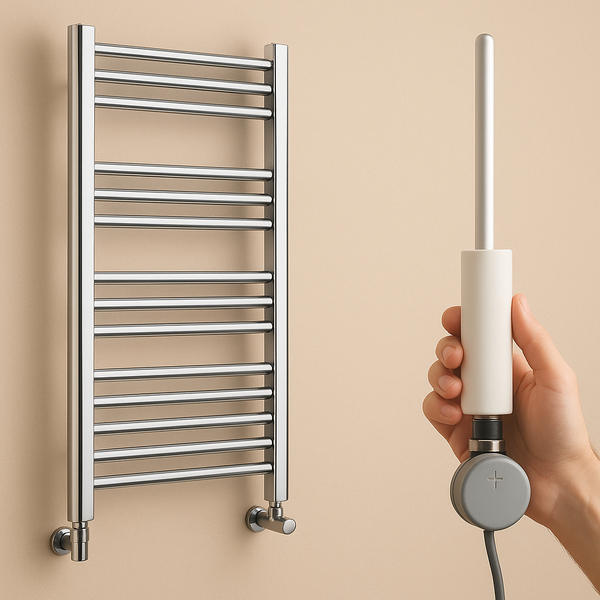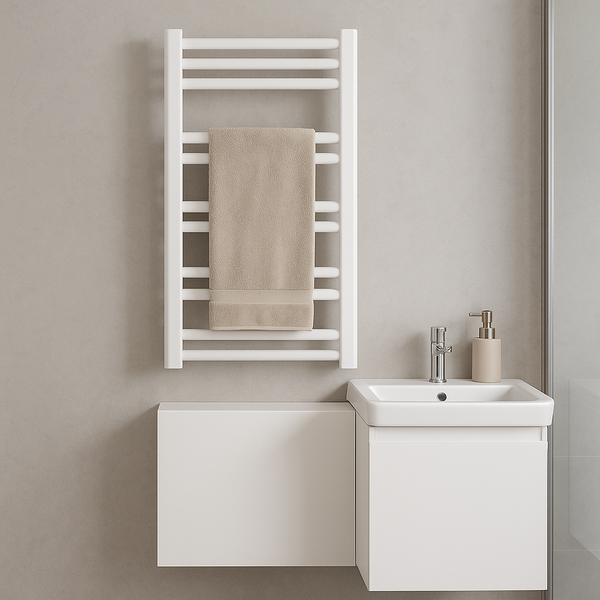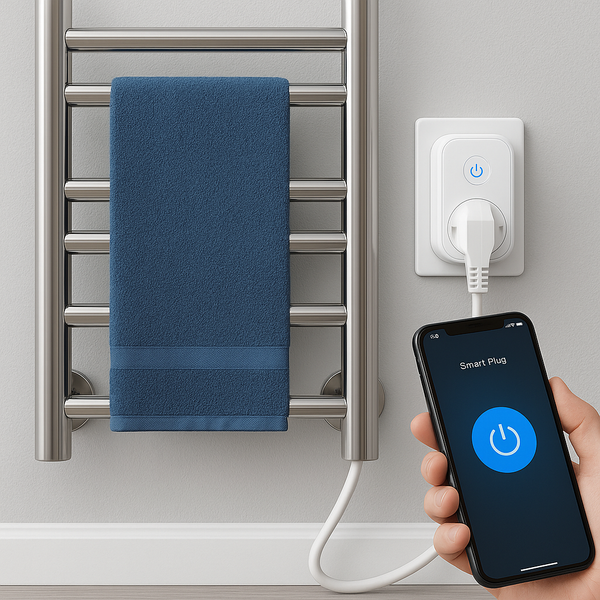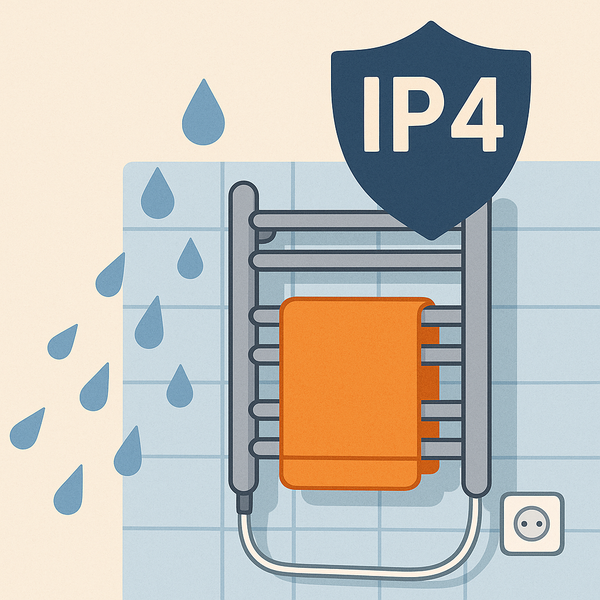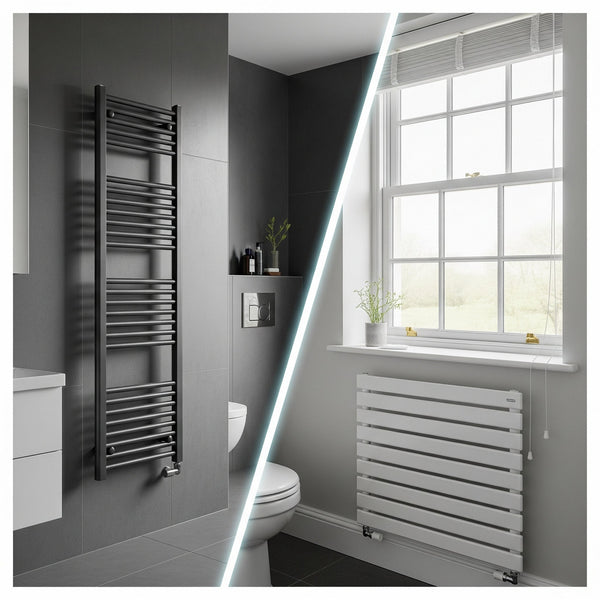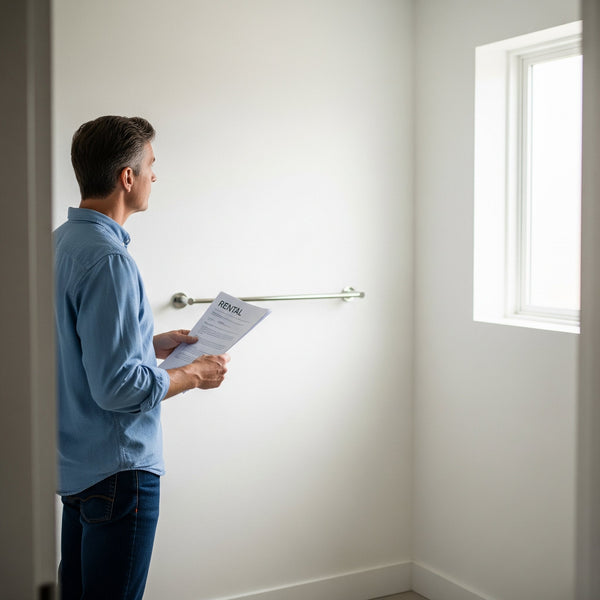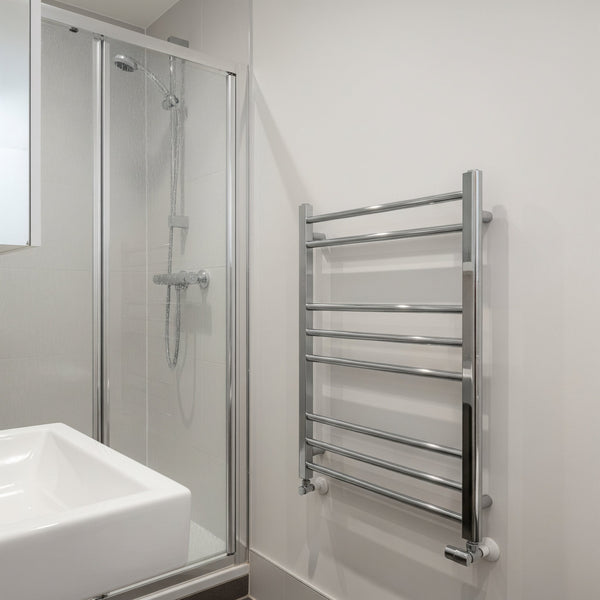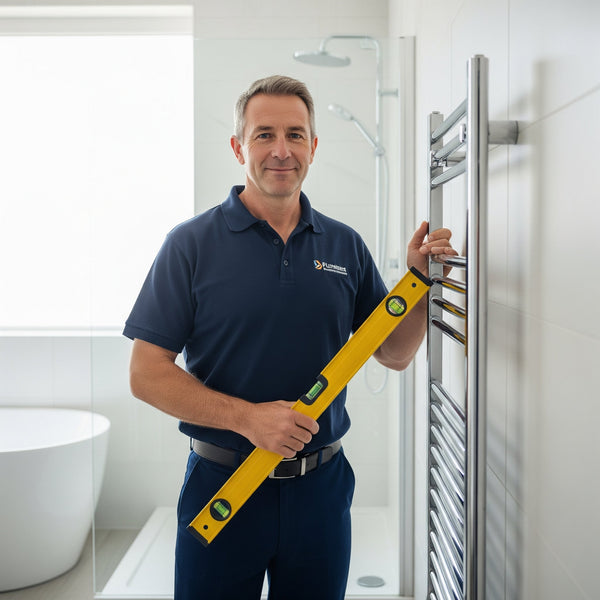Can I Use a Smart Plug with My Electric Towel Rail? What You Need to Know
Smart plugs are a fantastic and affordable entry into the world of home automation. The idea of taking a simple appliance, plugging it into a smart socket, and instantly gaining app or voice control is incredibly appealing. It’s a question we see often: "I have a basic electric towel rail. Can't I just plug it into a smart plug to control it from my phone?" It seems like a simple, clever hack to add smart functionality without buying a new, advanced model.
However, when it comes to high power, fixed heating appliances in a bathroom, the answer is not so straightforward. For crucial safety, legal and technical reasons, using a standard smart plug for your main, hard-wired electric towel rail is generally not recommended and, in most cases, not possible in a correctly wired UK home.
This essential safety guide from Companyblue will explain the critical reasons why this is the case, and show you the correct, safe, and compliant way to achieve smart control for your bathroom heating.
Reason 1: UK Bathroom Electrical Safety Regulations (The Deal-Breaker)
This is the single most important reason. To prevent the risk of fatal electric shock, UK wiring regulations (BS 7671) are extremely strict about the use of plug sockets in bathrooms. The room is divided into electrical zones based on their proximity to water.
- The Rule: Standard 13A plug sockets are strictly prohibited in bathroom Zones 0, 1, and 2. Zone 2 covers the area 0.6m (60cm) around the edge of a bath or shower. Since a towel rail is almost always installed within this area, there simply should not be a socket to plug it into.
- The Correct Installation: For safety and compliance, fixed electrical appliances like a heated towel rail must be permanently wired into the mains electricity via a fused spur. A fused spur is a secure, hard-wired connection point, often with a switch, that safely connects the appliance to the ring main circuit.
Therefore, if your bathroom has been wired correctly by a qualified electrician, you won't have a socket to use with a smart plug in the first place. Trying to add one would be illegal and dangerous.
Reason 2: Technical Limits – Wattage and Amperage Overload
Even if you could find a socket, you have to consider the power draw. A smart plug is essentially a small computer with a switch inside. It has a maximum power rating it can safely handle, typically 10 Amps (around 2400 Watts) or, for heavy-duty models, 13 Amps (around 3000 Watts).
- The Risk: A heated towel rail is a 'high-draw' resistive load, meaning it pulls a significant and continuous amount of power while it's on. While most towel rail elements are between 300W and 800W (well within the limit), using a plug with an appliance that exceeds its maximum rating is a serious fire hazard. More importantly, the internal components of many standard smart plugs are not designed for the sustained high load of a heater, which can cause them to overheat and fail even when technically within their rated wattage.
Reason 3: The 'Dumb' Appliance Problem - It Won't Remember
Let's imagine you have a freestanding towel rail that can be safely plugged in outside the bathroom. You might still have a problem. Many modern electric towel rails, even basic ones, have their own internal thermostat or simple electronic controls. These often do not 'remember' their last state.
- The Scenario: You set your towel rail thermostat to 'medium'. You then use the smart plug to turn the power off. When you use the smart plug to turn the power back on, the towel rail doesn't start heating. It simply powers up in 'standby' mode, waiting for you to manually press the 'on' button on the unit itself. This completely defeats the purpose of having a smart plug for remote control.
The Correct and Safe Solution: Integrated Smart Controls
So, if a smart plug isn't the answer, how do you get that convenient, energy-saving smart functionality? The right way is to use controls that are specifically designed and certified for the job.
- Buy a Lot 20 Compliant Smart Towel Rail: The best solution is to choose a modern electric towel rail that has all the smart features like a programmable timer, Wi-Fi app control, and a precise thermostat built directly into the unit. These are designed to work seamlessly and are fully compliant with all UK safety standards.
- Upgrade Your Element: If you already have a towel rail you love, you can often upgrade it. A qualified electrician can replace your existing basic heating element with a new smart heating element. These advanced elements have the thermostatic and programmable controls integrated into the unit itself, giving your existing towel rail a high-tech, energy-efficient brain.

Shop now Wifi Timer for towel rail.
FAQ: Smart Plugs and Towel Rails
Here are our answers to some specific questions on this topic.
But my bathroom has a normal plug socket. Can I use it then?
If your bathroom has a standard 13A socket within the zoned areas, it is highly likely that it does not comply with current UK electrical safety regulations. You should not use it for any appliance, especially a heater. We strongly recommend having a qualified electrician inspect the wiring to ensure it is safe.
What about a freestanding electric towel rail? Can I use a smart plug with that?
This is the one scenario where it might be possible. A freestanding rail is designed to be plugged in. Provided the plug socket is located safely outside the bathroom zones and the towel rail's wattage is well below the smart plug's maximum rating, it could work. However, you may still face the issue of the towel rail not remembering its settings after being powered off by the plug.
Is a smart plug the same as a fused spur?
No, they are completely different. A fused spur is a permanent, hard-wired, and fused electrical connection point. A smart plug is a temporary adapter that fits into a standard 13A socket. For fixed appliances in a bathroom, a fused spur is the legally required method of connection.
Are there any 'heavy-duty' smart plugs designed for heaters?
Yes, there are smart plugs rated at 13A or even higher, which are marketed for use with heaters. While these are safer from a power-load perspective, they do not solve the fundamental legal issue: standard plug sockets are not permitted in UK bathroom wet zones. These plugs are intended for heaters in living rooms or bedrooms, not bathrooms.
What is the safest way to add a simple timer to a basic electric towel rail?
The safest way is to have an electrician replace the standard fused spur switch with a 'fused spur timer'. This device looks similar to a standard switch but includes a built-in programmable timer. It provides the timing functionality you want while maintaining a safe, permanent, hard-wired connection for the appliance.
